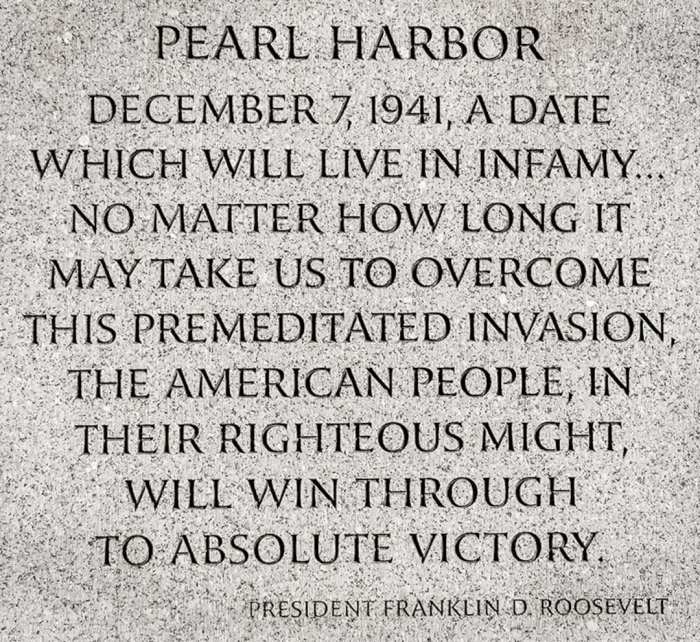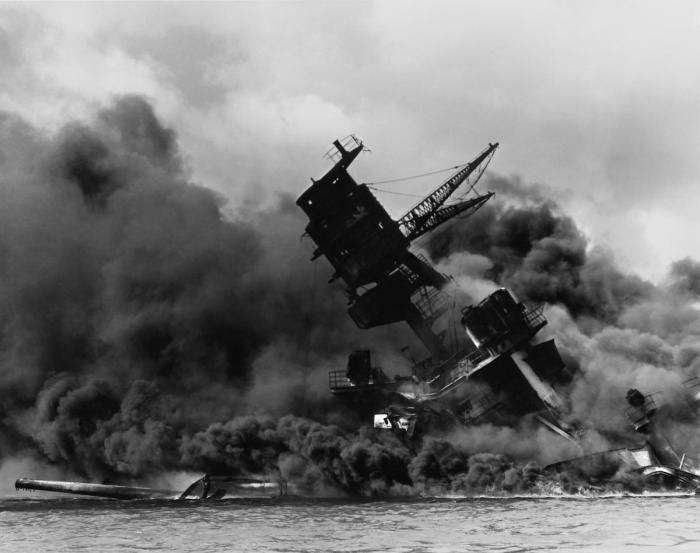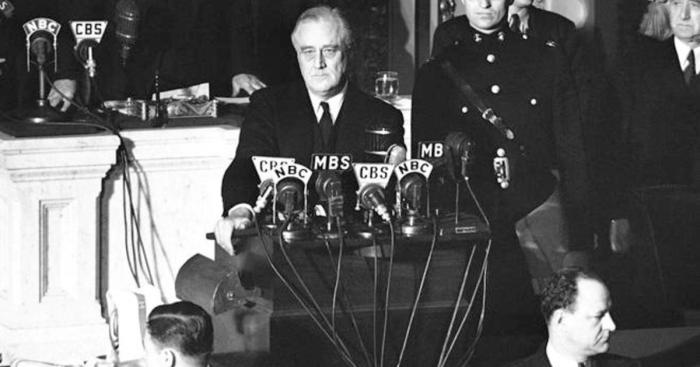Embarking on an exploration of the Day of Infamy speech analysis answers, we delve into a profound and captivating examination of President Roosevelt’s iconic address. This discourse, delivered in the wake of the Pearl Harbor attack, stands as a testament to the power of rhetoric and its ability to shape public opinion and galvanize a nation.
Through a comprehensive analysis, we will dissect the speech’s structure, persuasive techniques, and lasting impact, unraveling the rhetorical strategies that made it a defining moment in American history.
1. Contextual Understanding: Day Of Infamy Speech Analysis Answers

The “Day of Infamy” speech was delivered by President Franklin D. Roosevelt on December 8, 1941, in the aftermath of the Japanese attack on Pearl Harbor. The speech marked a turning point in American history, leading the United States into World War II.
The attack on Pearl Harbor was a surprise attack by the Imperial Japanese Navy on the U.S. naval base at Pearl Harbor in Honolulu, Hawaii, on the morning of December 7, 1941. The attack resulted in the deaths of over 2,400 Americans and the destruction of much of the U.S.
Pacific Fleet.
The speech was a powerful and persuasive call to arms, galvanizing the American public and Congress to support the war effort. It was also a key moment in the development of the American national identity, as it helped to define the United States as a global superpower and a leader in the fight against fascism.
2. Rhetorical Analysis

The “Day of Infamy” speech is a masterpiece of rhetoric, using a variety of persuasive techniques to achieve its desired effect. The speech is structured around a clear and logical argument, with a strong introduction, body, and conclusion.
Introduction
The speech begins with a powerful and attention-grabbing hook: “Yesterday, December 7, 1941—a date which will live in infamy—the United States of America was suddenly and deliberately attacked by naval and air forces of the Empire of Japan.”
This opening line immediately establishes the gravity of the situation and sets the tone for the rest of the speech. Roosevelt then goes on to provide a brief overview of the events leading up to the attack, emphasizing the fact that it was a “surprise” attack and that the United States had done nothing to provoke it.
Body
The body of the speech is devoted to building a case for war. Roosevelt uses a variety of persuasive techniques, including:
- Emotional appeals:Roosevelt appeals to the emotions of the American people, using vivid language and imagery to describe the horrors of the attack on Pearl Harbor. He also emphasizes the threat that Japan poses to the United States and its allies.
- Logical appeals:Roosevelt provides a clear and logical argument for war, explaining why it is necessary to defeat Japan and its allies. He also Artikels the steps that the United States will need to take to achieve victory.
- Moral appeals:Roosevelt appeals to the moral values of the American people, arguing that the United States has a duty to fight against tyranny and oppression. He also emphasizes the importance of defending democracy and freedom.
Conclusion, Day of infamy speech analysis answers
The speech concludes with a powerful call to arms. Roosevelt urges the American people to unite behind the war effort and to fight for victory. He ends the speech with a stirring declaration: “We will not fail.”
3. Impact and Legacy

The “Day of Infamy” speech had a profound impact on the American public. It galvanized the nation behind the war effort and helped to create a sense of unity and purpose. The speech also had a lasting impact on American history, shaping public perceptions of the war and its impact on the course of events.
The speech is still remembered today as one of the most important speeches in American history. It is a powerful reminder of the importance of unity and resolve in the face of adversity.
Helpful Answers
What is the significance of the Day of Infamy speech?
The Day of Infamy speech marked a turning point in American history, galvanizing public support for entry into World War II and uniting the nation against the Axis powers.
How did Roosevelt employ persuasive techniques in the speech?
Roosevelt used a range of persuasive techniques, including emotional appeals, vivid imagery, and historical parallels, to build a compelling case for war.
What was the lasting impact of the Day of Infamy speech?
The speech had a profound impact on American society, shaping public perceptions of the war and inspiring a sense of national unity and determination.

